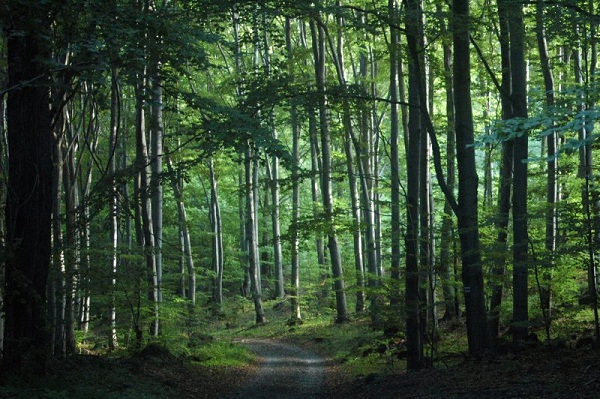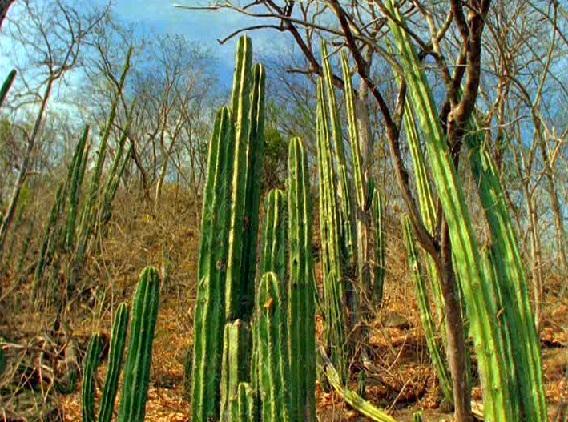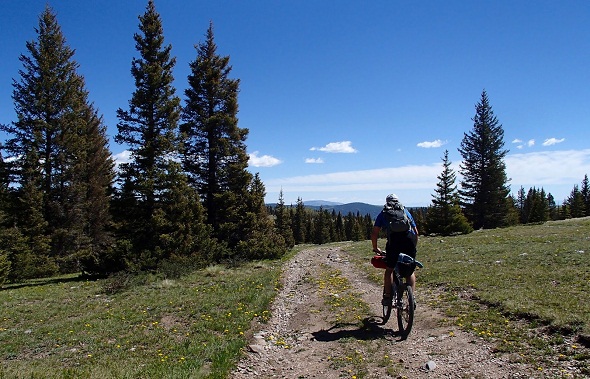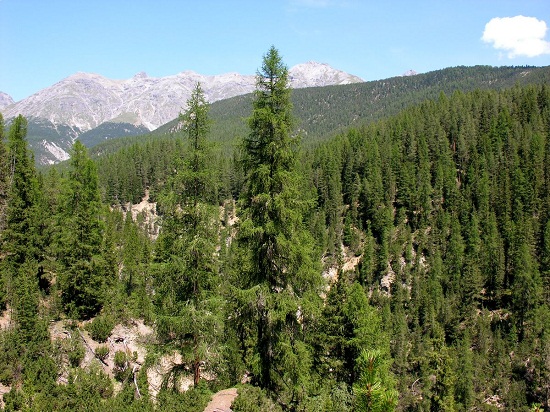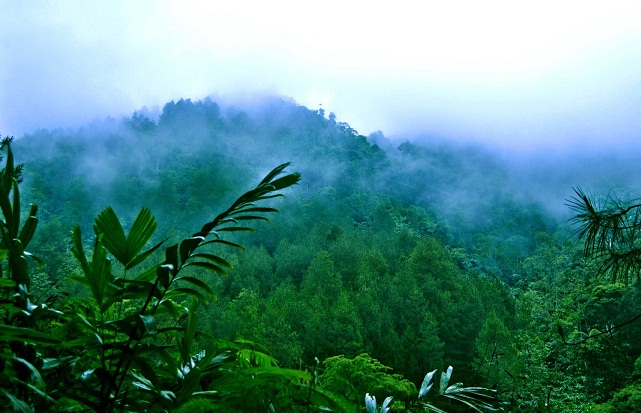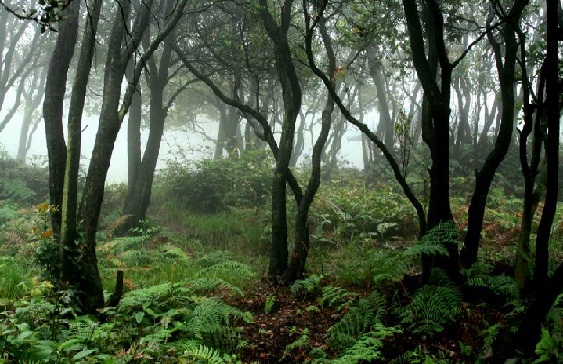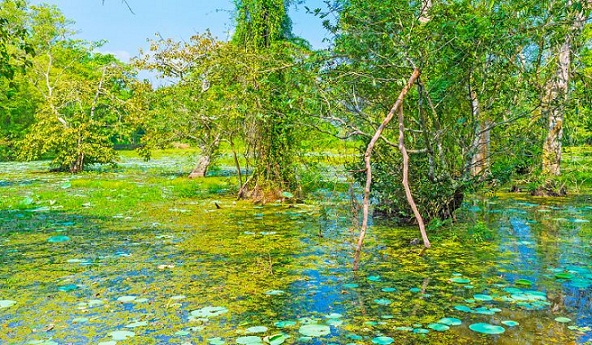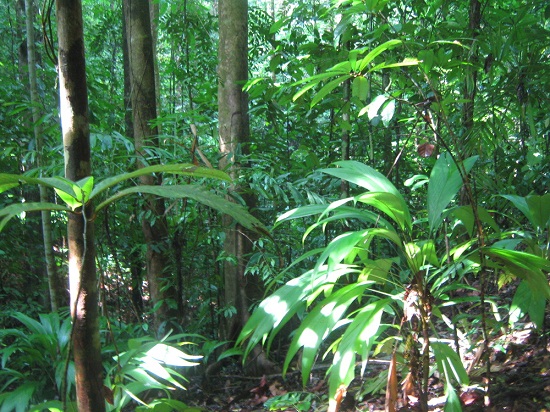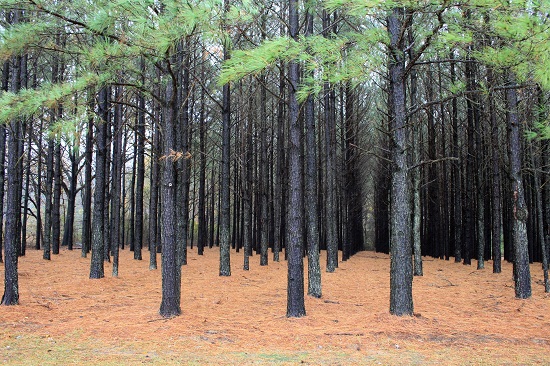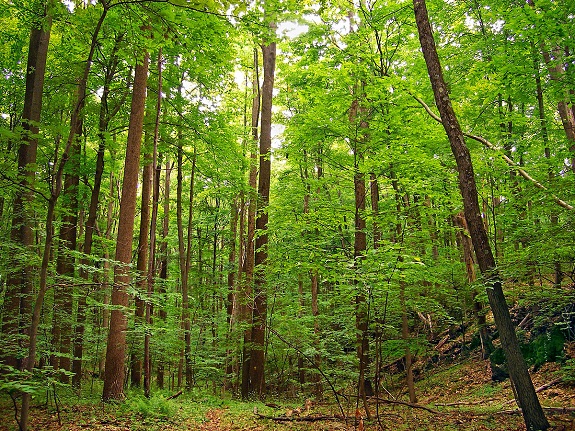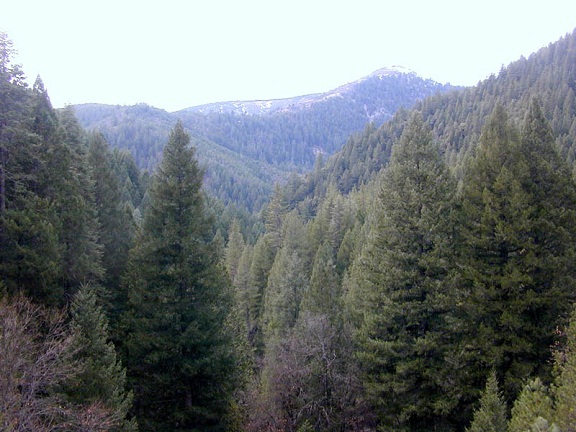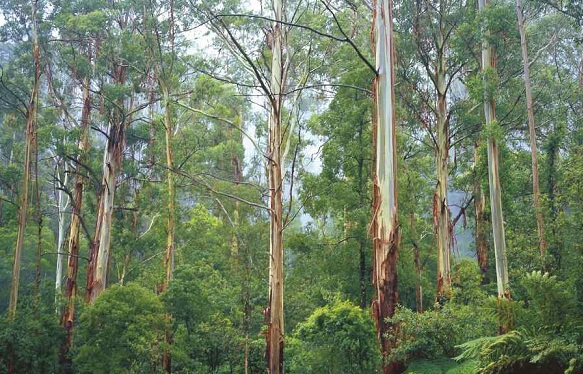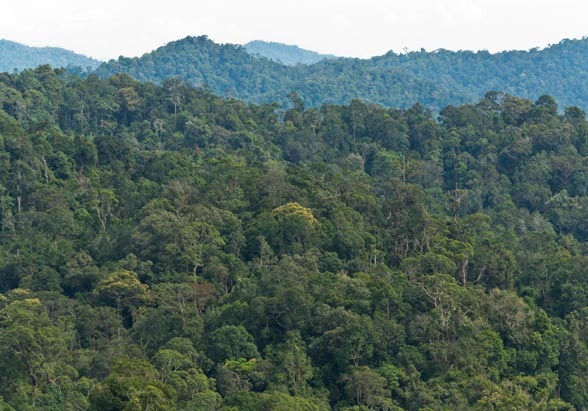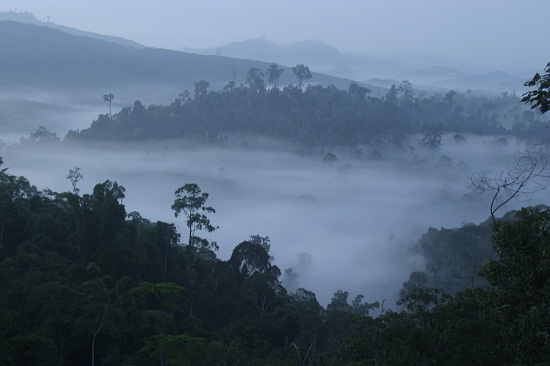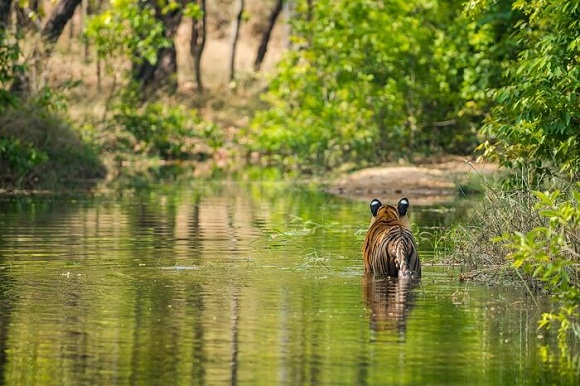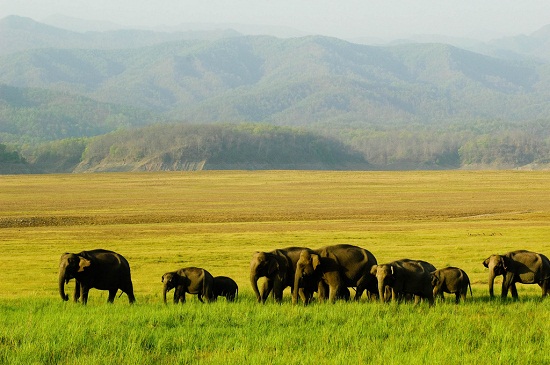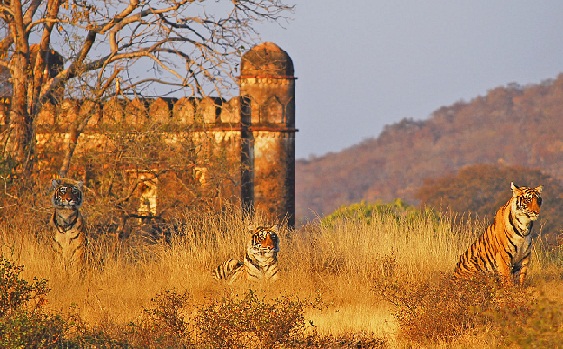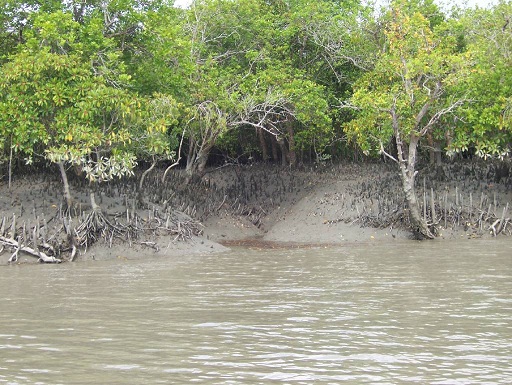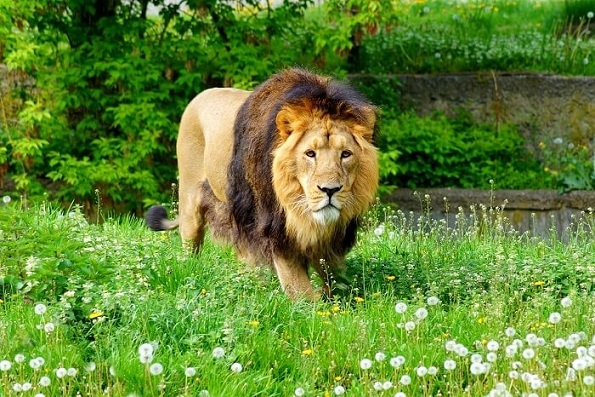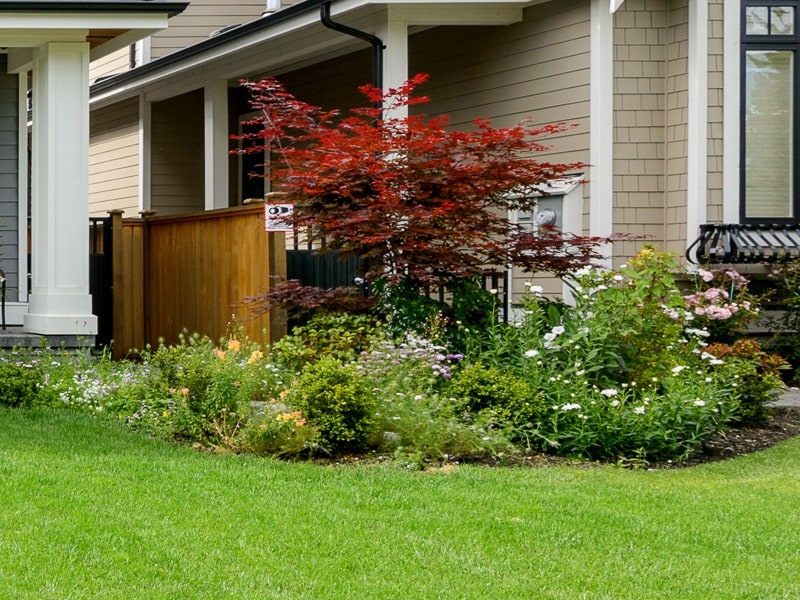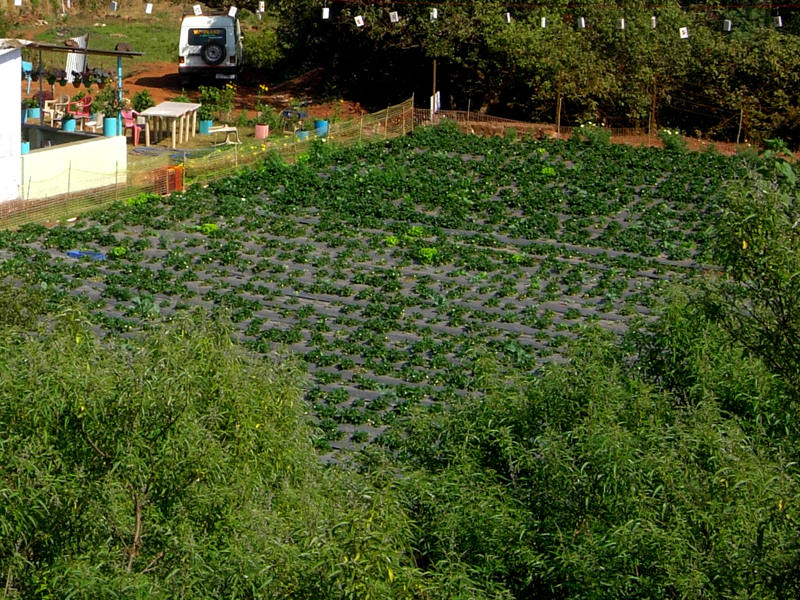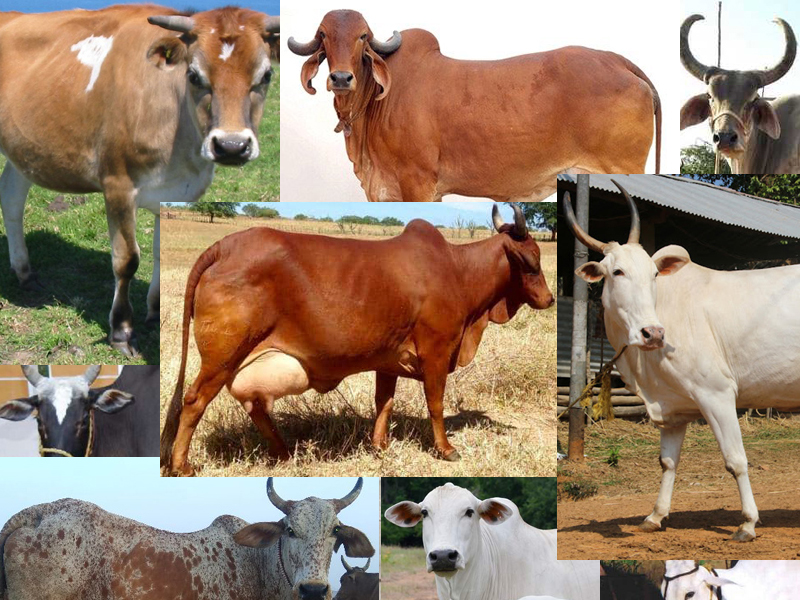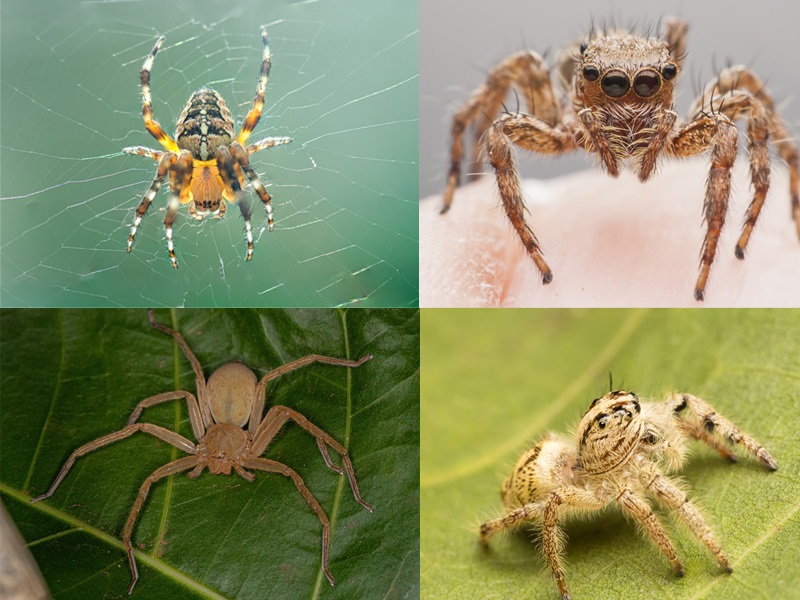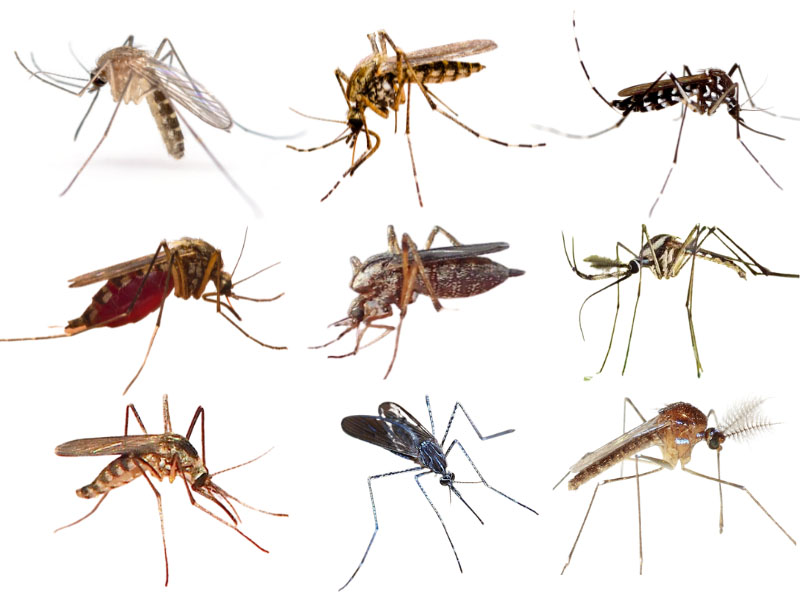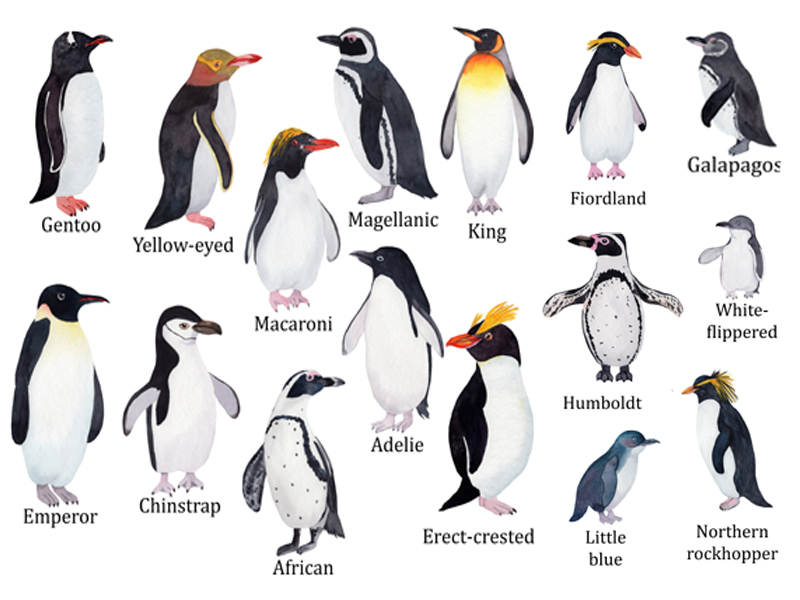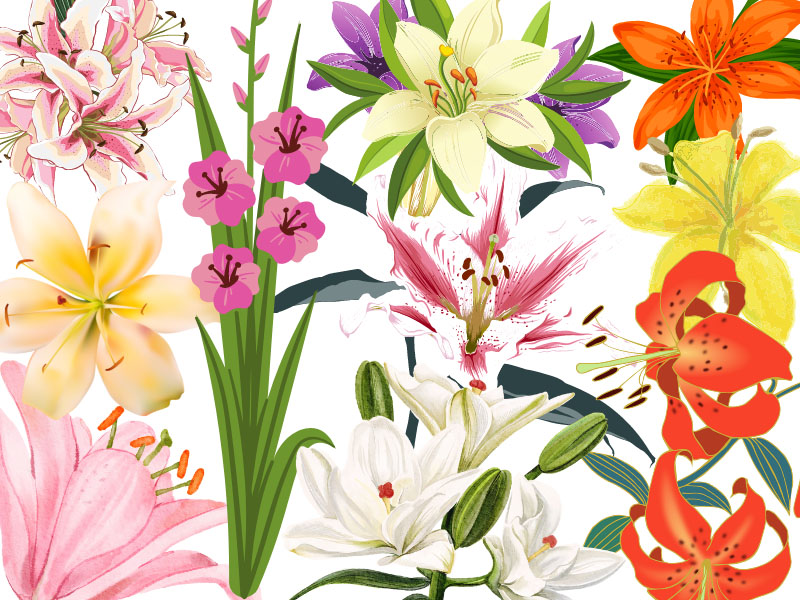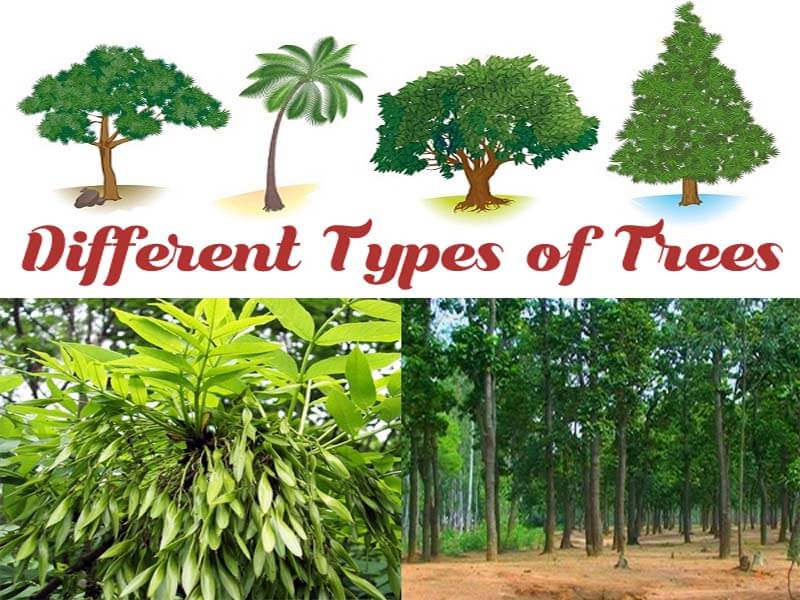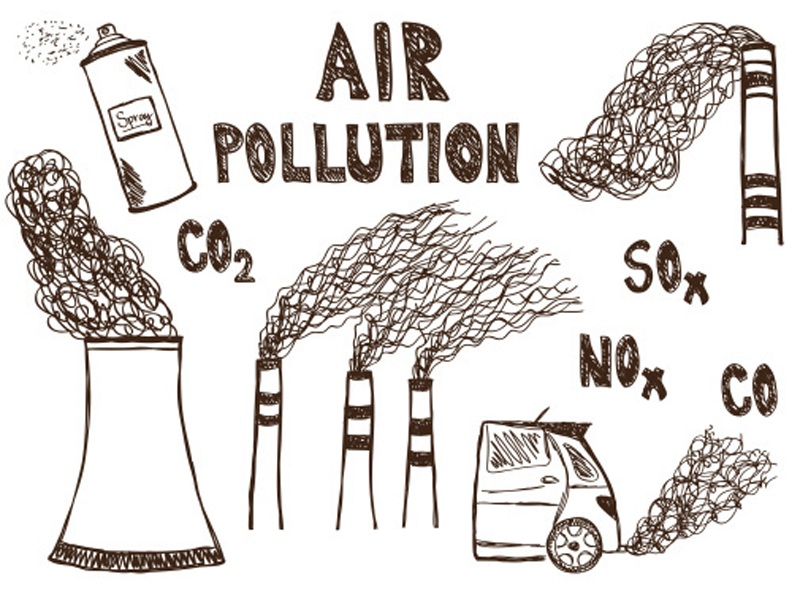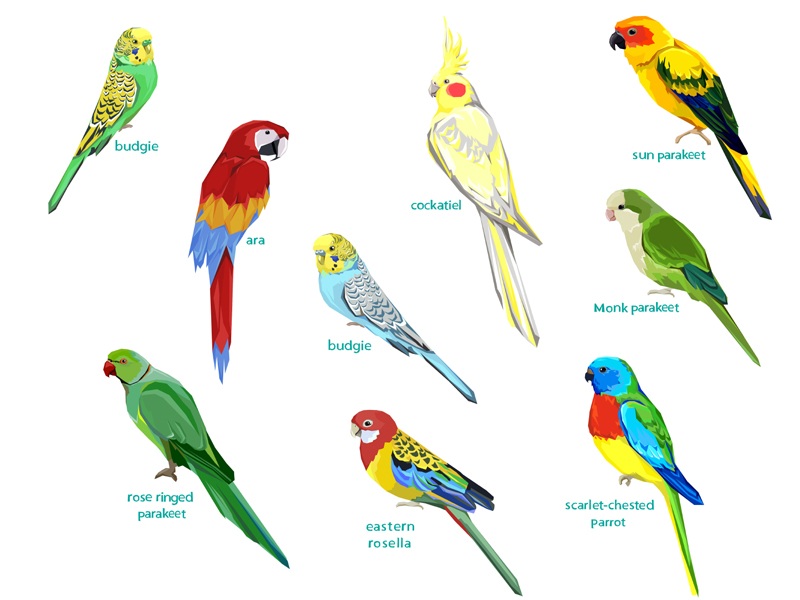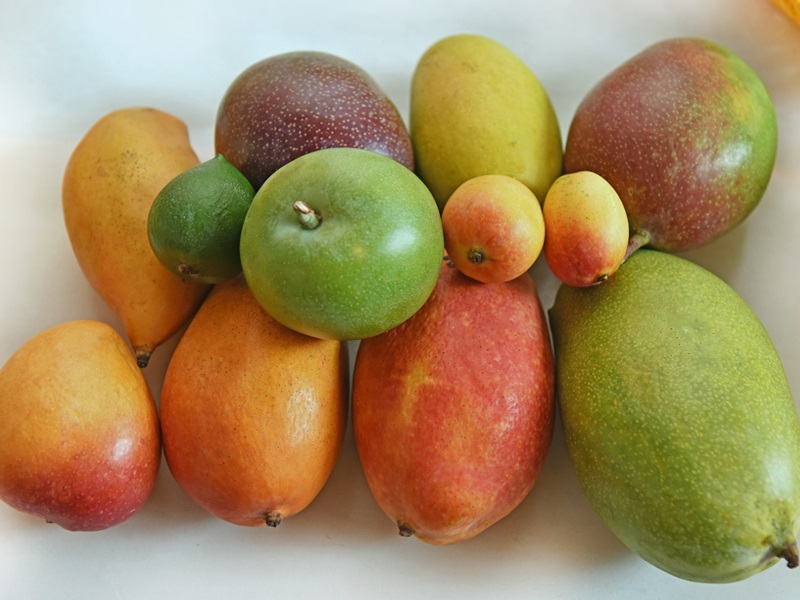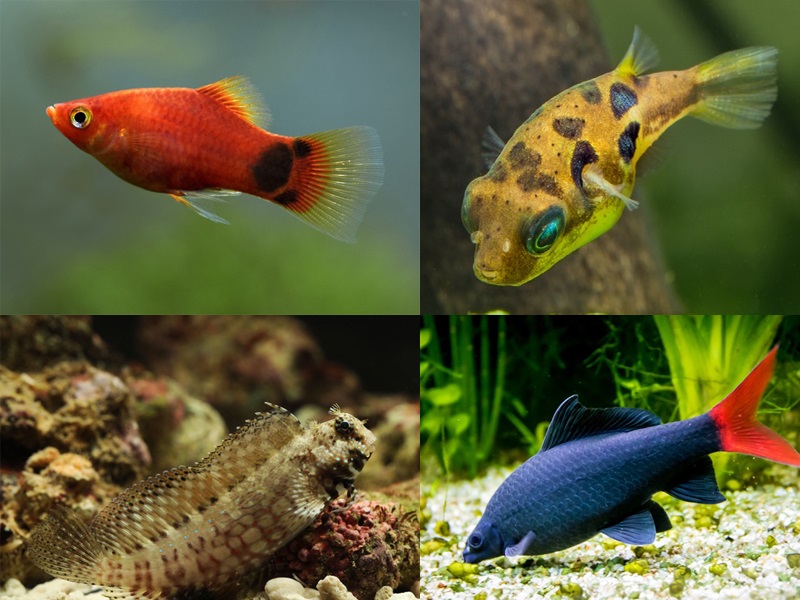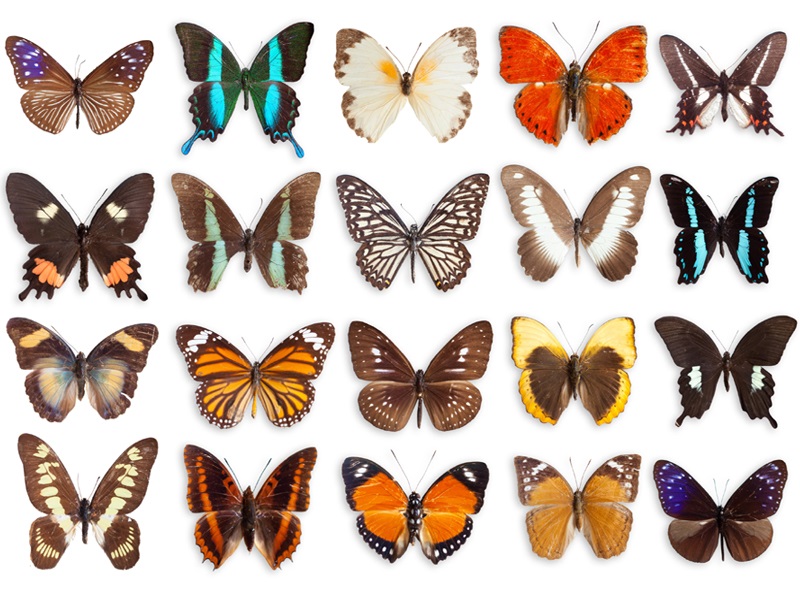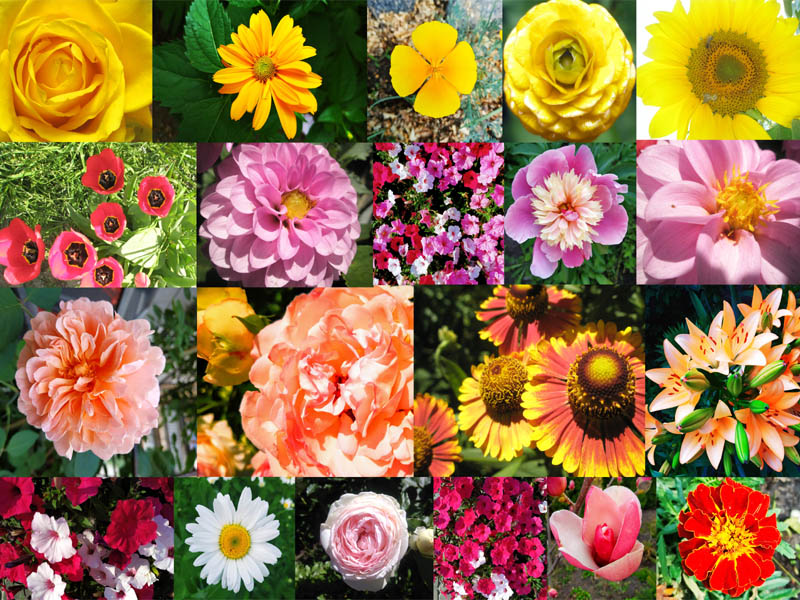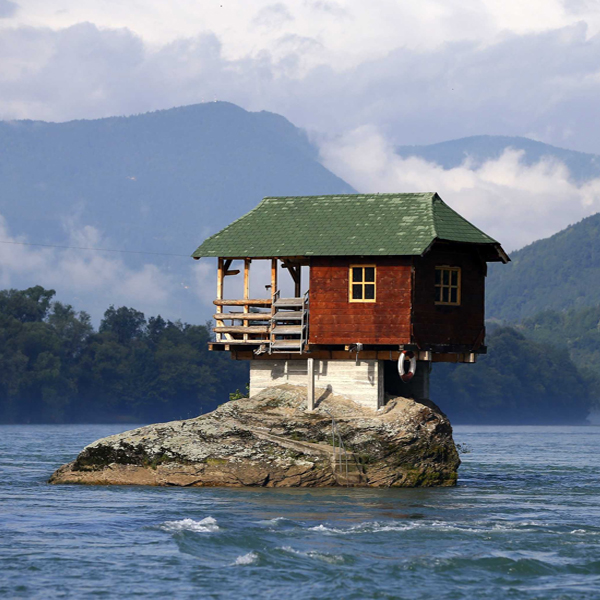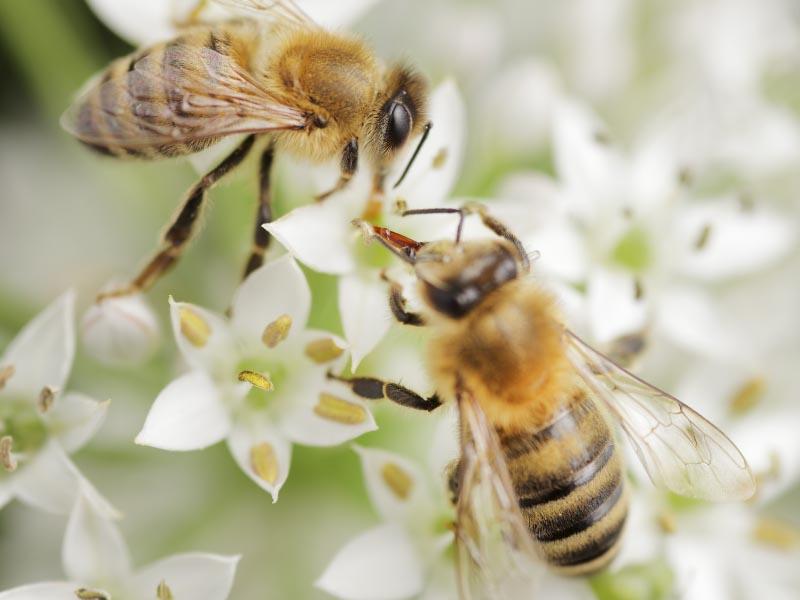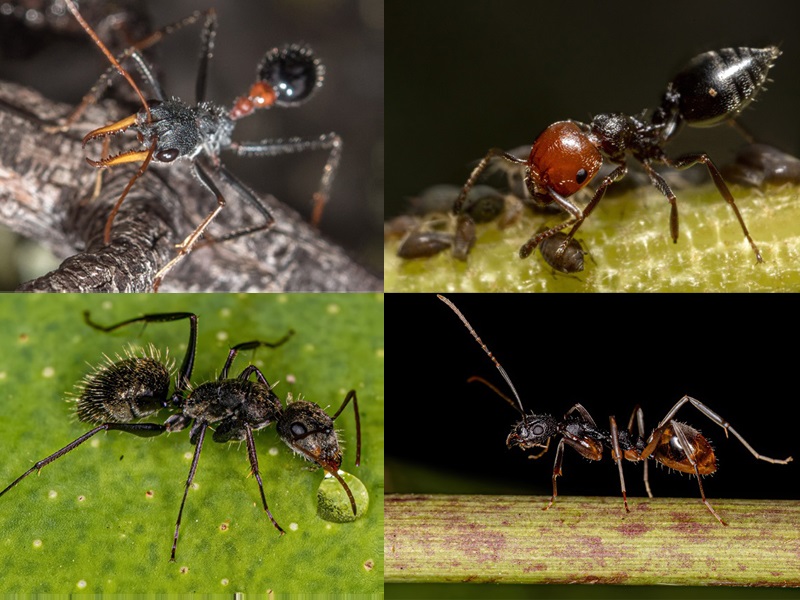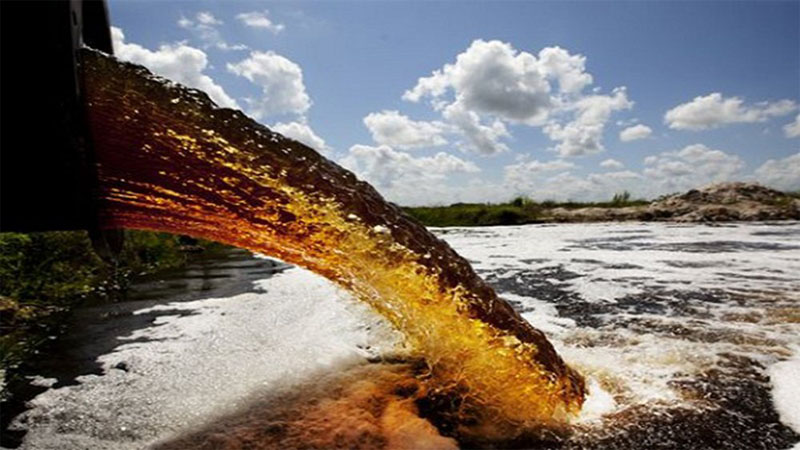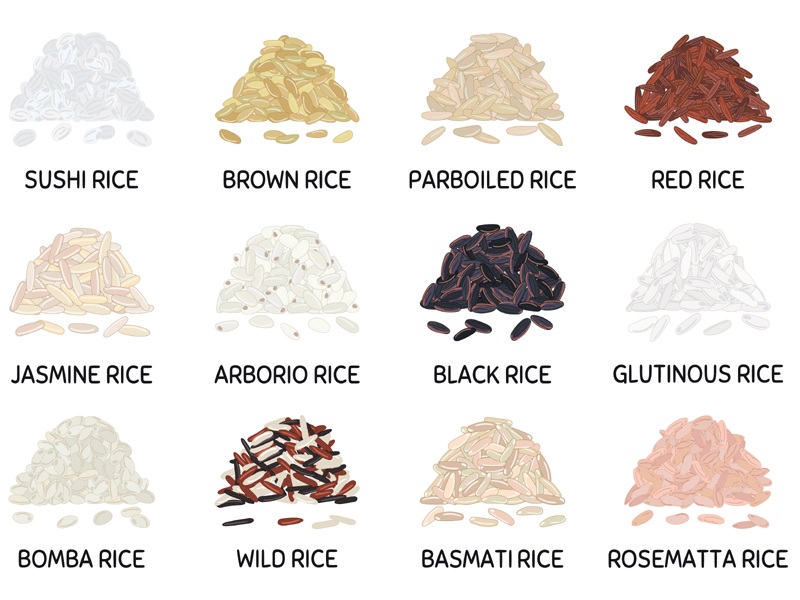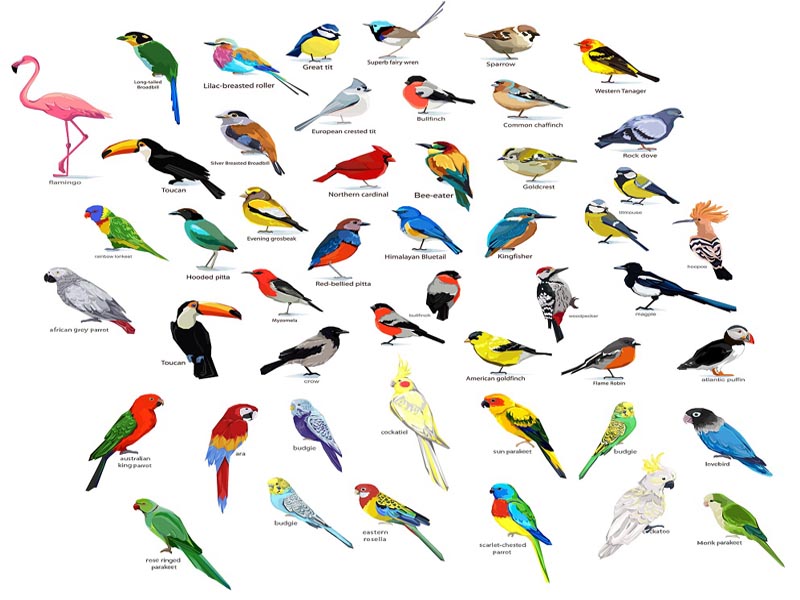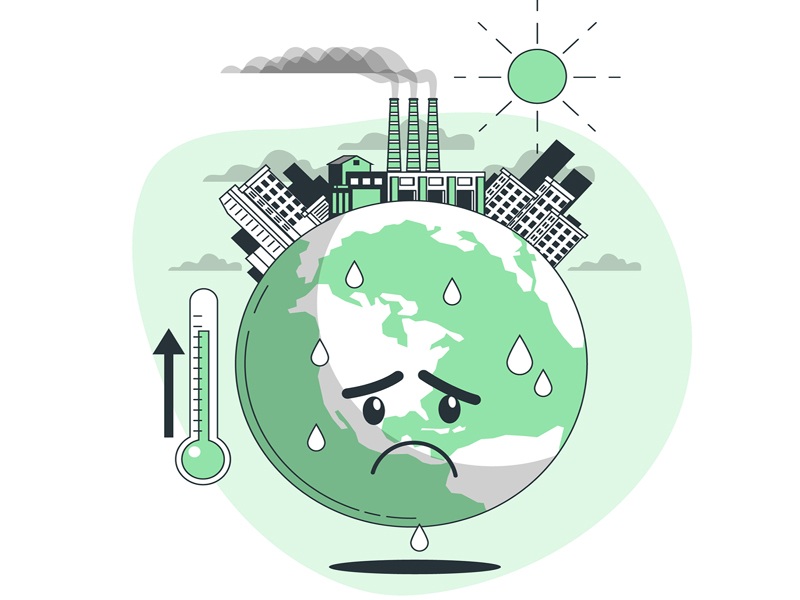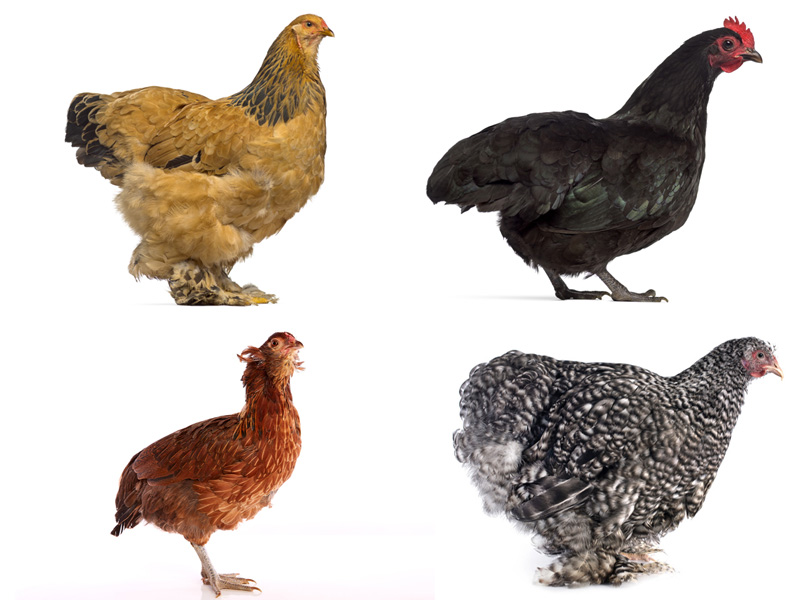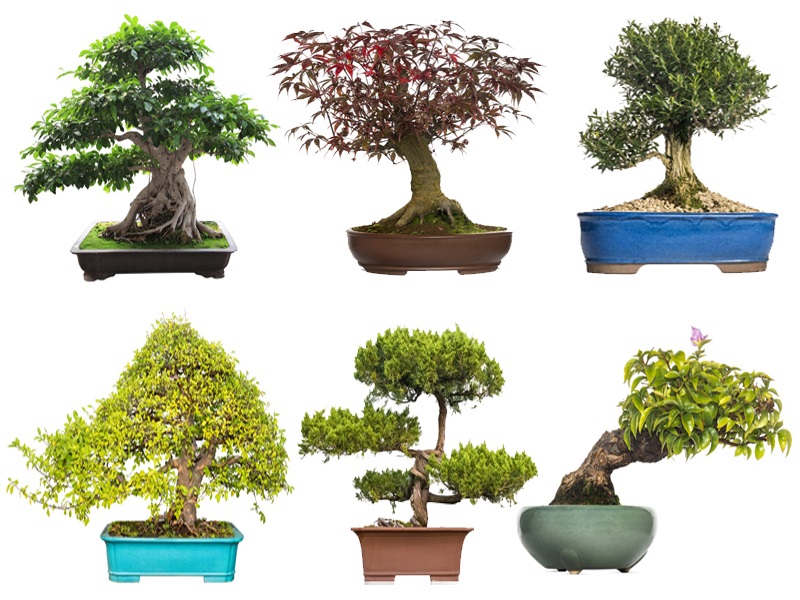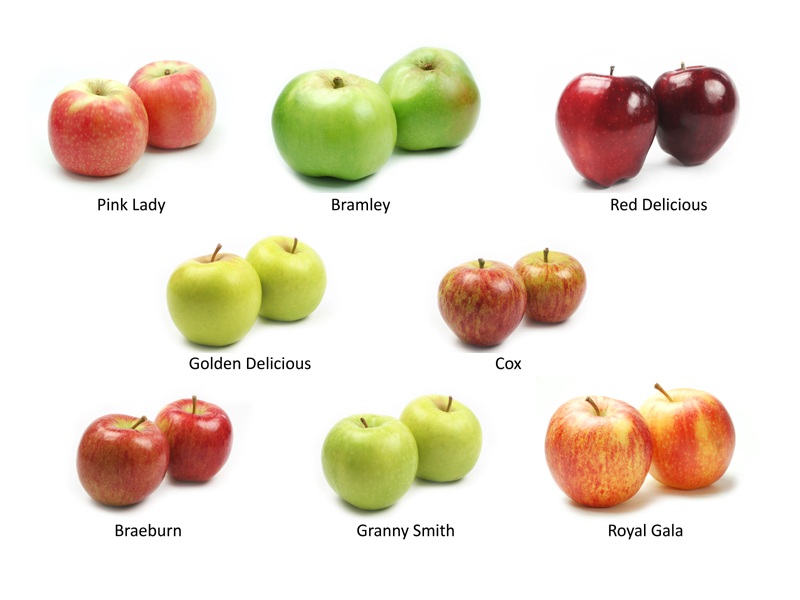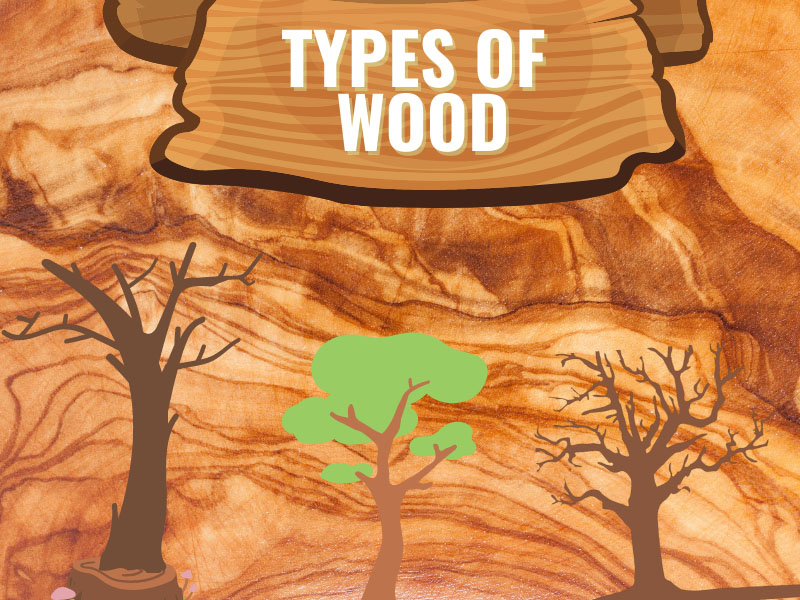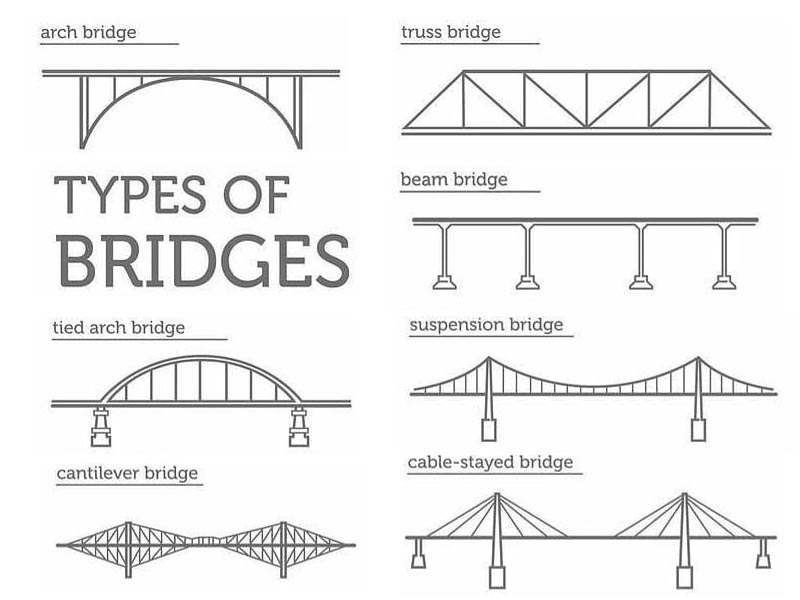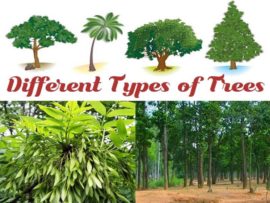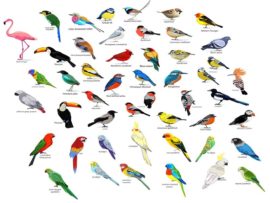Forests are required to maintain a healthy environment and a balanced ecosystem. There are types of forests in India, which also provide shelter to several species of flora and fauna. They are very dense and sparsely populated. These days, forests have also become apart of tourist attraction as they provide much to see and experience. It is said that forests cover around 19.5% of the total area in our country. Hence forests can be classified mostly into moist tropical forests, dry tropical forests, montane temperate, montane subtropical forests and alpine forests. This article gives us an insight more about forest area in India and when to visit them.
The various types of forests present in a particular place are dependent on the temperature of the region and the longitude & latitude. Different latitudes have different echo-zones. Good examples are the Boreal forests that are found near the poles, tropical forests are found near the equator, and temperate forests are located at mid-latitude.
So, if you have been wondering how many types of forests are there, here is a quick guide to your question. Predominantly, there are three different types of forests based on latitude.
Different Forest Types:
There are different types of forest areas in India and other countries. Let us know more in detail about them.
A. The Tropical:
Temperature is on average 20-25° C and varies little throughout the year. The average temperatures of the three warmest and three coldest months do not differ by more than 5 degrees. The precipitation is evenly distributed throughout the year, with annual rainfall exceeding 200 cm. The soil in this area is nutrient-poor and acidic. The area is rich in fauna, and include numerous birds, bats, small mammals, and insects.
B. The Temperate:
Temperature varies from -30° C to 30° C. Precipitation of 75-150 cm and is distributed evenly throughout the year. The soil is fertile, enriched with decaying litter. The canopy is dense to a moderate level and allows light to penetrate, leading to well-developed and richly diversified understory vegetation and stratification of animals. 3-4 tree species per square kilometres characterise Their flora.
C. Boreal Forest:
The temperature here is very low. Precipitation is primarily in the form of snow, 40-100 cm annually. The soil is thin, nutrient-poor, and acidic, and the light rays do not enter the area. Fauna includes woodpeckers, hawks, fox and bear.
Things to Know Before a Visit to the Forest
What do you Need to Have Before Visiting a Forest?
There are a couple of things you need to have before venturing into a forest. It requires some level of preparedness from your side to avoid any harm to yourself or to your group.
1. Team up: It is always good to go and explore the forest as a team. The forests are usually deep and thick, and it is still good to have a group of people with you so that you have each other’s company during times of need.
2. Binoculars: If you are fond of bird watching, binoculars are a must. The forests cover a wide range of exotic birds that are not otherwise visible to the naked eye, so do carry binoculars with you, so that you get to enjoy the beauty of nature.
3. Self-defence Objects: It is always good to take a tool for self-defence to avoid unwanted encounters with wild animals. While there will be round the clock security, it might so happen that you may have to protect yourself at times, however, remember to make sure that you do not provoke any animal in the forest.
4. Carry a Map: You need to know your route well and the immediate exits and alternate routes. Study the map well.
5. Wear Suitable Clothes and Shoes: Wear clothes to avoid unwanted bites of insects and leeches.
6. Prepare for the Weather: Be prepared for any inclement weather. Carry appropriate accessories depending on the place and season to make your trip comfortable.
Popular Tourist Visiting Forests in World with Names:
Classification of forests is done under various parameters. Here are some 20 different types of forests with their names found all over the globe. Let us know more about them before we enter into forest lands in India and their details.
1. Temperate Deciduous Broad-Leaf Forest:
The temperate deciduous forest is also called temperate broad-leaf forest. This type of forest is mainly found in the Northern hemisphere. It is also found in some areas of southern South America and Australasia, the regions of East Asia, Europe, and North America. Northern hemisphere includes trees like oak, maple, elm in this deciduous forest.
In the natural forest, 30% is canopy cover, and of which, 75% of the canopy is broadleaf and deciduous. There is a phenomenon of seasonal appearance and disappearance of a canopy. The migratory birds appear during the opening of the canopy and woodpeckers are frequently seen as they mainly depend on dead and dying trees as the source of their shelter and food as well.
- Name of the Forest: Temperate broadleaf forest
- Location: Northern hemisphere, in areas of Europe, North America, and East Asia
- The Area Occupied: While there is no exact figure of the area occupied by this forest, it is said that the trees range from 100-200 feet high, which is the speciality of this forest.
- Best Time to Visit: You can visit during all seasons, and this is going to be the best trip of your life. Leaves change colour in autumn and grow back in spring after falling in winter. Best season however is in fall.
- How to Reach: Depending on which country of destination you want to choose to visit this forest, you can go accordingly.
2. Thorn Forest:
In this type of forest, the canopy is composed of deciduous trees with thorns. This forest is below 1200 m altitudes with 30% canopy cover. This forest covers a large part of southwestern Africa and Southwestern North America. It also covers some parts of Africa, Australia and South America. Thorn forest has a scrub like vegetation and is a dense forest. Dry subtropical and warm temperate areas with seasonal or low rainfall are the characteristic features of the thorn forest.
In South America, the thorn forest mainly consists of small thorny trees which shed seasonally. The average height of the trees is between 7 meters and 8 meters, not more than 10 m. This thorn forest grades into a desert as the climate becomes adverse and drier. Thus, the name of this type of forest suits the type of vegetation found over here. The picture above will give you an idea of yet another different type of forests in the world.
- Name of the Forest: Thorn forest
- Location: Can be found around southwestern Africa and southwestern North America.
- The Area Occupied: No exact figure known.
- Best Time to Visit: You can visit in all the seasons and still enjoy the forest view.
3. Mangroves:
The term mangrove comes from Spanish and is considered to be originated from Guarani. The main characteristic feature of mangrove forest is that they are usually found along the coast of saltwater. They are located between latitudes 25 N and 25 S. Mangrove forest occurs in the tropical regions worldwide. Mangroves are found in tidal areas and where areas include the marine shorelines. They are scrubland habitat or saline woodland habitat where there is a high depositional in the area. The mangrove swamps protect the coastal areas from soil erosion, tsunamis, cyclones, and storms. The unique ecosystem is seen in the complex mesh of the roots. Algae, sponges, oysters, mud lobsters are usually found in this habitat.
Mangrove broadleaf found in 118 countries and regions of tropical and subtropics. India, Bangladesh, Thailand, Vietnam and other countries among which Asia has the largest amount of mangroves with other parts of Africa, North and South America. Deltas of river Ganges, Godavari and others are known for mangrove forest. Sundarbans National park in India is Northwestern example for mangroves and listed in UNESCO world heritage for the ecosystem present there and mainly known for Royal Bengal Tiger and other variety of flora and fauna.
- Name of the Forest: Mangroves
- Location: Can be found around tropical regions of Asia, Africa, North and South America. India also has mangroves.
- The Area Occupied: 137,800 sq. Km all over the world in 118 countries.
- Best Time to Visit: Depending on the climate of a particular country or region.
4. Sparse Trees And Parkland:
The sparse trees and Parkland forest are the ones in which tree canopy cover is between 10% to 30% like the trees found in savannah regions of the globe. These trees occur in the areas mainly from forested to non-forested landscapes. The boreal region and seasonally dry region are the two regions at which this type of ecosystem is present. The vegetation is also called open lichen woodland, forest-tundra, and taiga.
In the boreal forest at high temperature, the conditions for growth are not appropriate to easily maintain a continuous forest cover. For this reason, the forest cover in that region is discontinuous and sparse. Trees of the types of needle leaf, palms, broadleaf are found in this forest. It has high bryophyte and deficit of species in this type of forests.
- Name of the Forest: Parkland forest
- Location: Can be found around the United States and Canada
- The Area Occupied: Covered 4 billion hectares divided into boreal forests, temperate forests
- Best Time to Visit: Depending on the climate of a particular country or region.
5. Needle Leaf Forest:
The canopy cover of trees in this forest is higher than 30%, and these types of trees are mostly found below altitude 1200 meters. Long and cold winter regions predominately have this type of forest. The needle leaf forests are spread across northern Europe, Canada, and Siberia. They are also called softwood forests. This forest also covers the mountain regions of Rocky Mountains and Alps. Firs and larches usually grow in the northern forests, even with broad leaf trees like willows, etc.
Willow can grow even farther north, than these trees used to do. Many of the world largest trees are found into the western United States. Some redwoods are as tall as 91 meters in height. Some of them grew in warmer regions and are located in South Eastern United States consisting of vast forest of pines. Needle leaf forest is useful for providing a higher quantity of wood for different purposes.
- Name of the Forest: Needle leaf forests
- Location: Can be found around Canada, Siberia, and Northern Europe
- The Area Occupied: No exact figure can be found
- Best Time to Visit: It is best to visit around fall and winters
6. Semi-Evergreen And Evergreen Moist Broad-Leaf Forest:
The tropical and semi-tropical moist forest is generally found in many regions all over the world and is found discontinuously between Tropic of Cancer and Tropic of Capricorn. They usually have a high level of rainfall and low variation in annual temperature of the forest. For this reason, it is composed of evergreen and semi-evergreen forest. This forest consists of the highest diversity of species in trees. The ecosystem has more species than any other forests have.
Forest canopy can be divided into layers such as lower canopy, shrub level, overstory canopy with crowns, medium layered canopy and understory. Canopies are the home for the apes and monkeys, and also the snakes and big cats. Gorillas and deer lie in the forest floor of this type. Thus it has a diversified ecosystem. These forests cover the region like peninsular Malaysia, northwestern South America, the western arc of the Amazon Basin, etc.
- Name of the Forest: Evergreen forests
- Location: Can be found around Malaysia, Amazon basin and North western South America
- The Area Occupied: No figure exact for the area occupied
- Best Time to Visit: Since this area has heavy rainfall, it is best to visit in the fall and summer seasons.
7. Lowland Evergreen Broad Leaf Rain Forest:
They are also referred to as Tropical rain forests. The lowland evergreen forest is found in the altitudes below 1200 meters which have no seasonal change usually. Average precipitation remains all over the year at least of 60 mm. These forests extend mainly from equator about 10 degrees in the north and 10 degrees on the south. Roughly they continue maximum to 28 degrees within the two tropics.
This rain forest can be classified into its subtypes. The tropical rain forests are described as hot and wet, due to the high precipitation level, it leads to poor quality of the soil. This tropical rain forest covers the region: Africa, Southern Asia, New Guinea, tropical America and some parts of Australia.
- Name of the Forest: Lowland evergreen broadleaf rain forest
- Location: This tropical rain forest covers the region: Africa, Southern Asia, New Guinea, tropical America and some parts of Australia.
- The Area Occupied: Not found
- Best Time to Visit: Here, there is nothing called the dry season. Hence better to go in summer and avoid the chilly weather.
8. Freshwater Swamp Forest:
The freshwater swamp forest is also popularly known as flooded forests. They are an either seasonal or permanent type of forest. They are found in different regions from subtropical to tropical and from boreal to temperate areas. Generally found around the freshwater lakes or lower portions of the river, this satisfies the name of the forest.
Characteristics of the trees in this forest are of any type of leaves and season. The main characteristic of this type is waterlogged soil. The image above will give you an idea.
- Name of the Forest: Flooded forests
- Location: The Eco regions of freshwater swamp forests are Australasia, Niger delta swamp forest in Nigeria, South Asia, Brazil, Peru, and other parts.
- The Area Occupied: Not found
- Best Time to Visit: Best season to visit is during monsoons.
9. Broad Leaf Evergreen Forest:
The canopy of this type of forest is broad leaf and also evergreen species of trees. This forest requires plentiful rainfall. This forest is restricted to southern Japan, coastal region of the Gulf of Mexico and central China.
This ecology consists of four layers. Tall trees ranging from 30 m to 61 m in height is the predominant feature, and below this, three layers range from 9 m to 15 m shorter than the canopy. The broad leaf trees include beeches, oaks, and maple in the northern hemisphere and in southern hemisphere Eucalyptus etc. occupies this ecosystem.
- Name of the Forest: Broad leaf evergreen forest
- Location: Japan, Mexico, and China
- The Area Occupied: Not found
- Best Time to Visit: Best season to visit is winter.
10. Exotic Species Plantation:
The term exotic is synonymous with non-native, immigrant. The main difference between the invasion and exotic species is that the exotic ones are meant for conservation and also for profits. The trees have been planted with species by the people not occurring naturally in the region of the country, and this manages to be an intensive forest having canopy cover higher than 30%.
They are being introduced in various parts of the world where it is required to maintain a balance and also meant to be useful. Exotic species have played a role in the production of timber wood, fibre, fire wood or other products like in America. Tropical and sub tropical areas are best in soil quality and climatic condition for the exotic type of plantation.
- Name of the Forest: Exotic species plantation – Timber mostly
- Location: Mostly in America.
- The Area Occupied: Not found
- Best Time to Visit: Best season to visit is any time.
See More: Best Forest Camping Grounds
11. Deciduous Needle Leaf Forest:
The canopy for the forest is predominantly deciduous and needle leaf. The deciduous needle leaf forest lies in between a particular latitude span. This forest is mostly found in two main regions of the globe: One is in Eurasia of latitude from 40 degrees to 75 degrees, and other is in Northern America.
The forest of Siberia, Europe, and North America made up of evergreen conifers like Pine while that of in eastern Siberia the main is the larch which comprises a deciduous forest and sheds the needle leaves in winter. In the needle leaf forest areas, willow and birch are characteristic trees which are found in the borders of a river or in the open spaces.
- Name of the Forest: Deciduous needle leaf forests
- Location: These are generally found in North America, Europe, and Siberia
- The Area Occupied: Not found
- Best Time to Visit: There is no specific season to visit, especially, can be visited at all the seasons.
12. Evergreen Needle Leaf Forest:
This type of forests mainly has prominent evergreen and needle leaf canopy. This forest extends in mountain range and plateau region in lower latitudes.
The evergreen needle leaf forests provide deep shade to the ground. This makes up to thick carpet moss in the lower layers of the Eco system. This type of forest does not consist of a variety of species except one or two varieties mainly.
- Name of the Forest: Evergreen needle leaf forest
- Location: In Europe, this forest extends over the high mountain ranges and in Scandinavia. In western North America, it continues to the Rocky mountain range, southward of the United States and the Sierra Nevada.
- An Area Occupied: Not found
- Best Time to Visit: Anytime as the trees are evergreen, you can either experience cold winter or warm summer.
13. Sclerophyllous Dry Forest:
The word is coined from two Greek words, ‘skleros means hard, and ‘phyllo’ means leaves. This forest occurs in many regions of the world. Sclerophyll is a type of vegetation which has shorter internodes and tough leaves. They mainly consist of sclerophyllous broad leaves. The common plants found are eucalyptus, tea tree, and acacias. Dry sclerophyll is the most common type of forest with suppressed rainfall.
- Name of the Forest: Sclerophyllousdry forest
- Location: This forest is found in the regions like parts of Australia, Mediterranean forest, some parts of Africa, California woodland and other parts.
- The Area Occupied: They cover around 4500 sq. km
- Best Time to Visit: Best season to visit is winter.
14. Lower Montane Rain Forest:
This forest refers to the rain forest in tropical regions on the mountain slopes different from the lowland rain forest in plains and flat lands. They are generally found between 1200-1800-meters of altitudes. They are usually above the evergreen rain forest of lowland and lower than the cloud forest in higher altitude. It can be classified into two sub types upper hill dipterocarp type and oak laurel type.
- Name of the Forest: Lower montane rain forest
- Location: Lower montane rain forest is most distinct in Peninsular Malaysia, Bintang ranges and East coast mountain ranges.
- Area Occupied: Not found
- Best Time to Visit: Fall season is an excellent time to visit.
15. Upper Montane Forest:
This upper montane forest is located in relatively very high altitudes in mountain regions. This vegetarian type is normally found below sub alpine forest and above the mixed coniferous forest. Trees like Jeffery pine, lodge pole pine, California red fir are the characteristic tree found in this type of forest. They are found in altitudes higher than 1800 meters with leaf type mixture.
- Name of the Forest: Upper montane rain forest
- Location: This type is found in Sierra Nevada range, Lassen volcanic park, Pike and San Isabel nation forest.
- Area Occupied: Not found
- Best Time to Visit: During any season.
See More: Types Of Trees In India
India’s Most Visited Forest Attractions:
Now let us see some of the best forests in India frequented by tourists. These are a list of forests in India which everyone must visit once in their lifetime due to the visual experience they provide. Hence let us go ahead and see different types of forests in India. This is a perfect answer to the question ‘how many forests are there in India.’
16. Bandhavgarh National Park:
This being one of the famous forests in India, is located within the Vindhya Range, the Bandhavgarh National Park can be vouched for housing the largest tiger population in India. The best sighting of tigers here is guaranteed and is famous for Bengal tigers. The main attraction is the safari option via Jeep or car Safari or even an Elephant Safari. It is a safe place for all.
- Name of the Forest: Bandhavgarh National Park
- Location: In Madhya Pradesh
- The Area Occupied: 1536 sq km
- Best Time to Visit: Visit the place from November to February.
- How to Reach: Fly to Khajuraho, and you can drive for around 7 hours, or one can take the train to Umaria. It is about 1-hour drive from there.
17. Corbett National Park:
This is one of the primary forests in India, and a must-visit for a wild nature lover. Their main attraction includes the Royal Bengal Tigers & Great Indian Elephant. Their safari options include the Jungle Safari, Elephant Ride, Bird Watching.
- Name of the Forest: Jim Corbett National Park
- Location: The Corbett National Park is located in the foothills of the Himalayas and is spread over the districts of Nainital and Garhwal in the State of Uttarakhand, located in northern India
- Area Occupied: 520sq km
- Best Time to Visit: Visit the place from October to June
- How to Reach: Ramnagar is the nearest railway station to this place. You can also reach Kathgodam or Kashipur and take a taxi to reach this place.
18. Ranthambore National Park:
This is one of the largest national parks in the country. Ranthambore National Park is one of the most popular places to visit for all those wildlife lovers out there. Project Tiger took place here in 1972. It received the status of a national park in the year 1980. It has neighbouring sanctuaries- the Kaila Devi Sanctuary and the Mansingh Sanctuary. The main attraction includes the tiger, Sambar deer, peacock, leopard.
- Name of the Forest: Ranthambore National Park
- Location: Rajasthan
- Area Occupied: It is spread on an area of 1,334 square kilometres
- Best Time to Visit: The best time to visit the place is between November to March and is considered safe.
- How to Reach: You can fly to Sanganer and take a taxi, or you can choose to go to Sawai Railway station which is around 10 kilometres from the park.
19. Sundarbans National Park:
December to February is the ideal time to visit the place and offers significant attractions like the Royal Bengal tiger, wild boar, fox, mongoose. Sundarbans is the largest estuarine forest in West Bengal, covered by Mangrove forest. You have to avail a boat to traverse to this place, and no jeep is allowed. The area is moderately safe.
- Name of the Forest: Sundarbans National Park
- Location: West Bengal
- Area Occupied: It is spread on an area of 539 square kilometres
- Best Time to Visit: The best time to visit the place is between September to March
- How to Reach: You can fly to Kolkata and take several of the suburban trains going to Canning, which is around 50 km away from the park.
20. Gir National Park:
The Gir national park is one of the most extensive forests in India. It is located in Gujarat and the best time to visit is October to June. It is one of the most popular attractions in Gujarat. Asiatic lions are a major attraction here with over 38 species of mammals, 37 species of reptiles and 2000 insect species. The place is considered safe for visitors.
- Name of the Forest: Gir National Park
- Location: State of Gujarat
- The Area Occupied: It is spread on an area of 1412 square kilometres
- Best Time to Visit: The best time to visit the place is between December to March
- How to Reach: You can fly to Keshod which is 70km away from the national park, or you can go to any major city of Gujarat (Rajkot is nearest) and reach the park by road.
21. Kaziranga National Park:
Kaziranga is located in Assam and is one of the popular tourist destinations in India. This is one of the main forests in India. The place is safe, and their significant attractions include one-horned rhinoceros, Asiatic elephants, buffaloes, and Royal Bengal tigers.
- Name of the Forest: Kaziranga National Park
- Location: Assam
- Area Occupied: It is spread on an area of 430 square kilometres
- Best Time to Visit: The best time to visit the place is between November to April
- How to Reach: You can fly to Jorhat, which is 96 km far from the park, or you can take a train to Furkating, which is around 75 km from the park. You can even take a taxi to the place.
The Do’s and Don’ts in Forest Areas:
Here are some of the do’s and don’ts in the national forest in India one should always remember:
- Do not carry alcohol or plastic containers and ensure not to litter the place.
- Carry the contact number of the security officer to contact in case of emergency.
- Do not leave your valuables in the tent. Ensure that the place where you have put the tent is safe and away from the main forest area.
- Don’t make noise and attract unwarranted attention of animals. Do ensure to maintain a calmness around you and the vicinity.
- Do not venture out alone. Always carry the route map and make a note of the exits, water refill stations, etc
Forests cover one-third of the land on Earth. They provide infrastructure for some of the Earth’s most diverse collections of innumerable species of plant life and animal life. The importance of forest land in India and other parts of the world can be aptly judged when it is said that a single mature leaf can produce one day’s supply of oxygen for 2-10 people. We must preserve the health of our forests as they are needed not only for their beauty and tranquillity, but also because of valuable benefits they give us and our future generations.
1. Why is it Important for us to Protect the Health of our Forests?
Ans: Forests not only improve the quality of the air we breathe in, but also provide a safe sanctuary for the different species of plant life and animal life and create a perfect setting for life on land.
2. How do we create awareness about the importance of forests?
Ans: The only way we can do this is by educating our future generations about the irreplaceable values of a healthy forest. We can obtain a wealth of natural medicines from forests; the asthma drug theophylline comes from cacao trees and plants with cancer-fighting properties occur only in rain forests. The forests clear air pollution on a larger scale. Forests act as a buffer to protect wind-sensitive crops. Forests keep earth cool.
3. What are the various safety norms to be followed before visiting a forest?
Ans: One must ensure that one has thorough knowledge with regards to the forest destination keeping in mind various factors like the weather, clothing, maps, qualified guide, and medicines. It is always better to be a part of a group as safety norms are taken care of by professionals.


